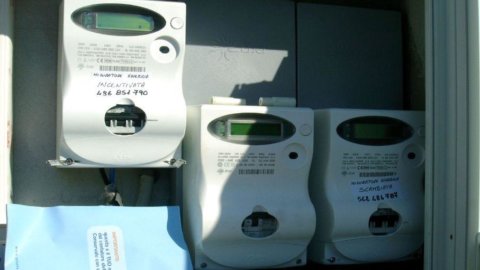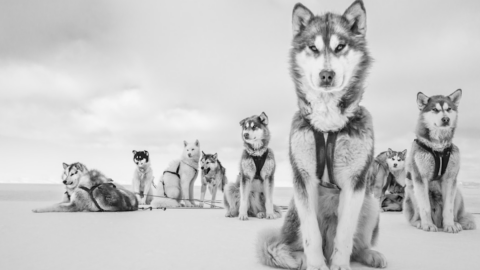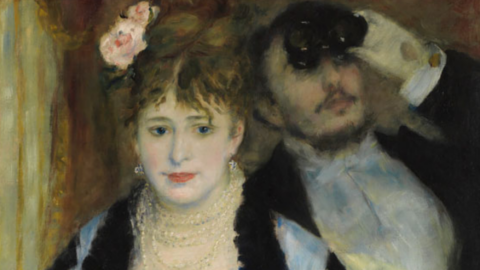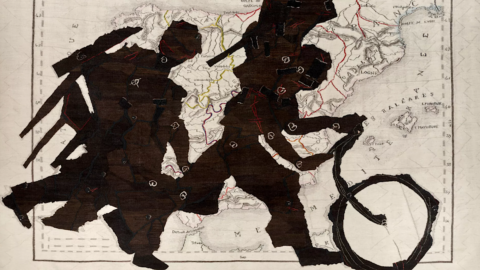Born in Livorno in 1924 and currently lives and works between Rome and Paris. After his studies in Rome concluded with a law degree and employment for about ten years in the Biomedical Society, a chemical-biological research and production company created by him.
NIn 1959 he began to devote himself entirely to a vast artistic production where with paintings Other Tracks (white canvases crossed by a tangle of black lines) and a series of objects assembled with found materials (including Opinion cemeteries, 1962), with aptitude for Nouveau Réalisme, the beginnings of his research are outlined.
Since 1962 he has been painting large canvases, in which he develops a first vocabulary of images (hostile entity, error energy, when perceptive, etc.): white surfaces, crossed by a few traces or vague shapes, by signs made with a pad with red lead. He is fascinated by French culture.
In 1963 he met Marcel Duchamp: “I did everything to get to know him,” says the artist. “A colleague tells me that Duchamp is in Milan, I take a plane and join him in a restaurant. It was 1963 and Duchamp wasn't that famous. But I - Barucchello's story goes on - having read the collection of his writings Marchand du sel that Sebastian Matta had given me, I was deeply impressed. I was shy and forced myself. 'Excuse me for disturbing you, I'm an Italian painter and I would like to meet you'. In front of me was a generous man, available, attentive above all to those who did his same job and played chess with him. I immediately had the impression that I had found a close relative. I have a photo of him mounting my paintings in a gallery and a sequence from a Warhol film where he is sitting in front of my work. It was a friendship made up of many thoughts and many speeches. But I owe him above all – Barucchello confesses – for having given me the determination to support one's own personal language even when it is difficult to impose it”.
in 1964 in New York he met John Cage and come into contact with pop art and American abstract expressionism. But the attendance, the attention towards the international avant-garde barely touches the search for him and, then, as always throughout his career, leads straight down his path. In 1963, the year of his first film, The zero degree of the landscape, his first solo exhibition takes place at the Galleria La Tartaruga in Rome: a miniaturized painting on large white surfaces, made up of signs, letters, drawings, with references to symbols of the consumer and television society. He knows Mario Schifano, he began his collaboration with the Schwarz gallery in Milan and in 1964 he exhibited his first solo show at the Cordier & Ekstrom gallery in New York. These are the years of the first plexiglass, works made up of various layers of plexiglass superimposed on cardboard or metal bases, and the first openable wooden objects painted and drawn on the inside. He starts working at Uncertain verification, a film in collaboration with Alberto Grifi. Between 1965 and 1968 he also devoted himself to other artistic activities such as the publication of books.
In 1967 the trial of the experimentation of the loss of quality begins (use of the photocopy of the photocopy initially of photographs, and reduction of the image, for example from a television screen). In the early '70s he experimented with the electronic image; he creates object-assemblages like showcase boxes in which different elements are used at the same time, from found objects to clippings.
In 1973 he moved to the countryside and set up the operation Agricola Cornelia SpA, a farm (in the land purchased in Via di Santa Cornelia, at suburb of Rome) "with the social purpose of cultivating the land". The company also cultivates the neighboring land, prey to building speculation, giving this activity an aesthetic, political and artistic value. In these years he engages in works on the themes of the house and living, models of houses, plans of rooms begin to populate his aluminum figures, drawings and objects.
In 1998 the Baruchello Foundation was born, based in the former archive house-studio of Baruchello, on the Roman hills in Via di S. Cornelia, with the intention of carrying out activities on contemporary artistic research.
Activities exhibition
In 1962 he exhibited for the first time in New York in the group show The New Realists (Sydney Janis Gallery). In 1963 he exhibited in Rome at the La Tartaruga gallery (texts in the catalog by A. Jouffroy and M. Bonicatti), and in 1964 at the Cordier & Ekstrom gallery in New York. On the occasion of the second solo exhibition at the same gallery in New York, a text by Italo Calvinor is published in the catalogue.
In these years he created his first plexiglass, paintings made up of various layers of plexiglass superimposed on cardboard or metal bases. His first film titled The Zero Degree of the Landscape dates back to 1963. The beginning of the work for the film also dates back to 1964: Verifica incerta, (presented between 1964 and 1965 at the Conference of Group 63 in Palermo, in Paris, in New York). From 1965 until the mid-XNUMXs he collaborated with the Schwarz gallery in Milan. In 1967 is the personal exhibition in Paris, Yvonne Lambert Gallery, accompanied by a text by Edoardo Sanguineti.
The first experiments with the electronic-video image date back to the very early XNUMXs. He also begins to create object-assemblies in the form of showcase-boxes in which elements ofdifferent, made or found. From 1973 he went to live in the countryside and started the Agricola Cornelia SpA operation, a regular company that had "the social purpose of cultivating the land". In 1979 the Galilée editions of Paris published Baruchello's book L'altra casa (with a preface by JF Lyotard). The theme of the house then returns in the reflection on the carpet-space and the garden-surface. His participation with a personal room at the XLIII International Art Exhibition La Biennale di Venezia dates back to 1988, curated by Giovanni Carandente.
The following year he participates in the exhibition Italian artists against apartheid; post again If so much gives me so much (1990). In 1990 he took part in the group show chiasmus at the Bornholt Gallery in London with Pistoletto, Paolini and Catalano; again at the Venice Biennale and at the Roman Quadrennial (Rome 60s. Beyond painting, curated by Maurizio Calvesi). There are numerous videos made in the 90s. Between 2006 and 2007 you made the investigative film inside the prisons of Lazio: Another day, a another day, another day. His incessant exhibition activity continues at a rapid pace with personal and group participations in Italy and in Europe: Galerie Meert Rihoux, Brussels (2004); Civic Gallery, Pop Art Italy 1958-1968, Modena, Hasenclever Gallery, Munich (2005); MACROS, The Collection: selected works, Rome (2006); Modern Museet, Time & Place: Milan – Turin, Stockholm (2008); Michael Janssen Gallery, Berlin (2009); mostra Italics (Palazzo Grassi, Venice; Museum of Contemporary Art, Chicago) curated by Francesco Bonami “008-2009).
Between the end of 2011 and the beginning of 2012, curated by Achille Bonito Oliva, the anthological exhibition was presented at the Galleria Nazionale d'Arte Moderna in Rome Certain ideas. In the same year he participates in Documenta Kassel. In 2013 it is invited to the 55th International Art Exhibition of the Venice Biennale as part of the Vice versa exhibition project for the Italian Pavilion, curated by Bartolomeo Pietromarchi and in the Massimiliano Gioni exhibition on the Encyclopedic Palace. A major exhibition on Barucchello has just concluded at the Mart in Rovereto. Works by Baruchello can be found in the main museums and cinema-video libraries around the world. And they have entered important public and private, Italian and international collections.
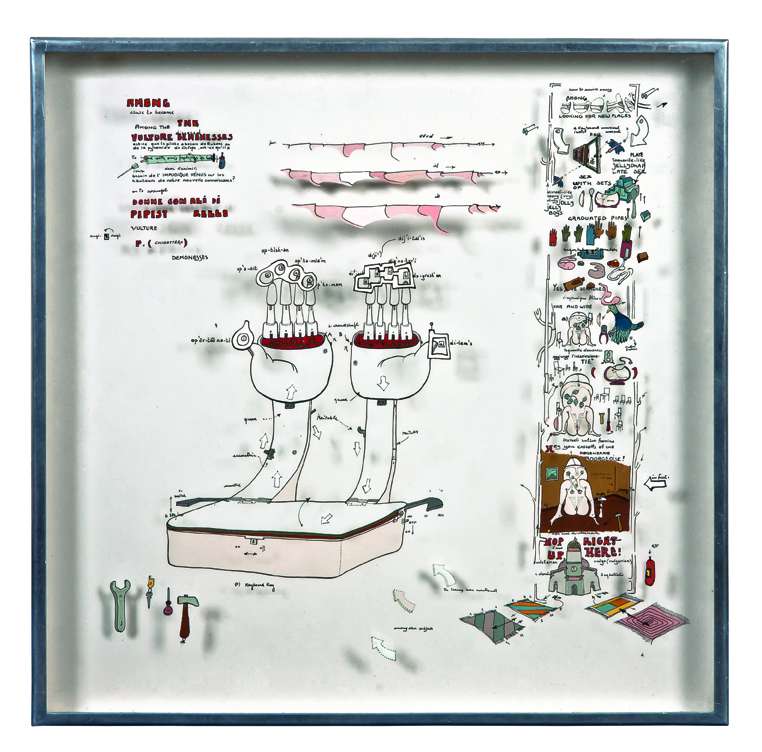
Certain ideas – impudique venus 2014
Mixed technique 50×50 cm
Private collection
Transfer market in fast rise (there is still room for growth)
For too long neglected, if not ignored by the market, the quotations of Barucchello, unquestionably one of the most important and significant Italian artists of the second half of the twentieth century, since 2014 they have begun a constant growth, progressively achieving excellent performances.
The beginning of the positive trend begins with the invitations to Documenta Kassel (2012) and the Venice Biennale (2013) and is consolidated by the partnership with the Milanese gallery of Massimo De Carlo (one of the most powerful Italian gallery owners) which brings his work in all the main international events dedicated to contemporary art (at the New York fair he even dedicates the entire stand to him). Over 400, from the year XNUMX to today, its passages at auction in different types, with an average percentage of sales around 75%, which abundantly exceeds 85% if referred to the last few years and a 2018 turnover destined to exceed the 570 dollars of 2016, given that – according to Artprice – in September, before purchasing, of the great autumn auctions, it had already touched the $400 mark.
The growing internationalization of its market (Barucchello's works are successfully sold by Christie's and Sotheby's in London and New York); The work of numerous Italian and international galleries (Il Ponte di Firenze has recently dedicated an exhibition to him and takes him inside all the fairs in which it participates), the growing interest of collectors and the next release of the general catalogue, in an advanced stage of construction, will certainly contribute to the consolidation of the current success of this great artist whose future is stillora everything to write .
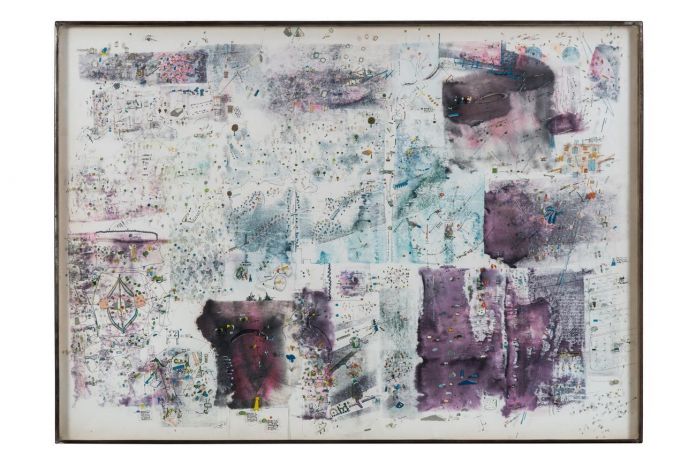
Red Riding Hood Contrariwise 1964
Private collection
Photo-Ezio-Gosti
Gallery: Massimo De Carlo of Milan è its reference gallery but the artist's works can also be purchasedand at The Bridge of Florence and in primary galleries Italian and international.
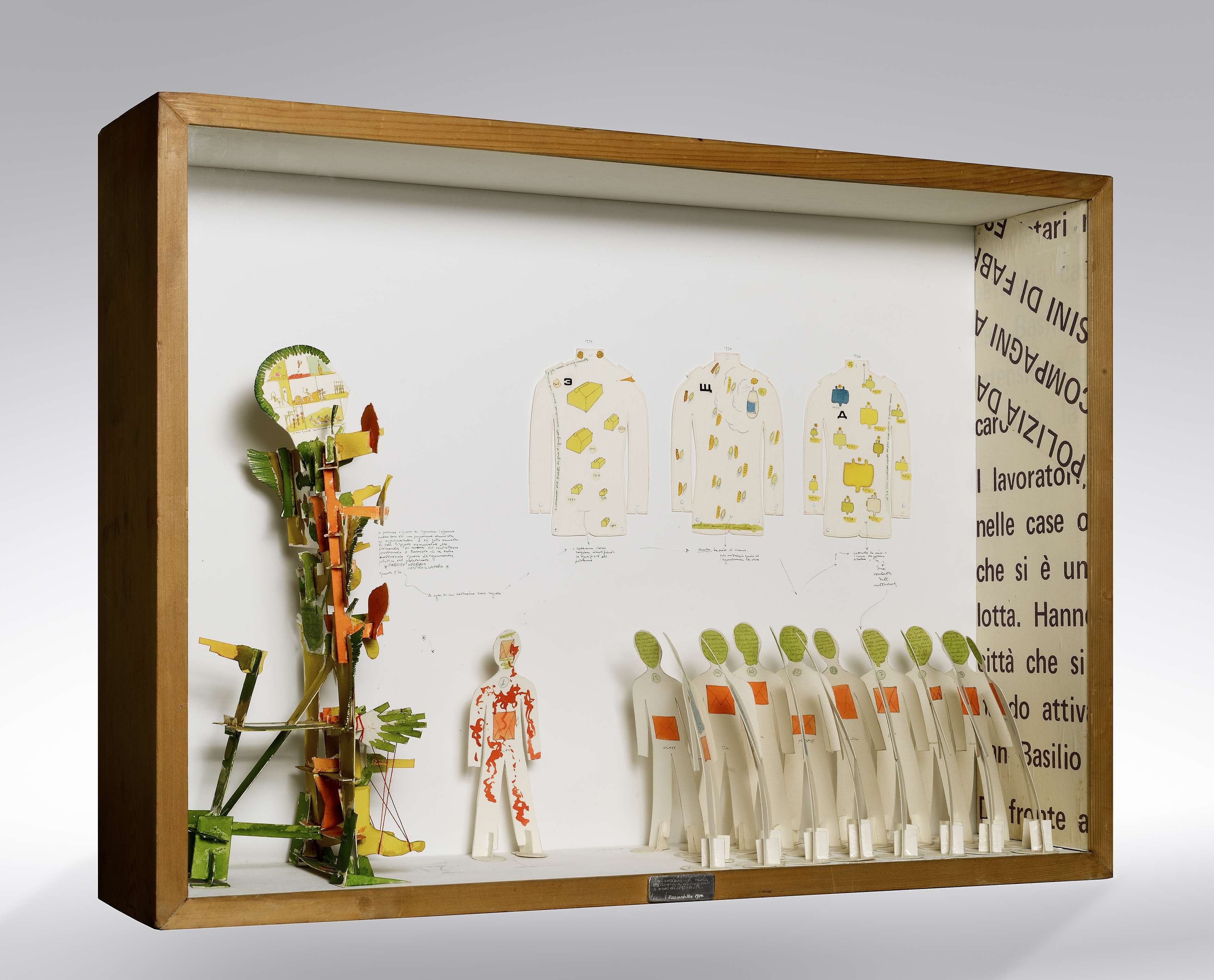
Autonomy of death at the corner of via Fiuminata on September 1974, XNUMX
VAF Collection.
Photo: Carlo Baroni
Pricing: in the gallery, per buy a specimen of beautiful designs on plexiglasson canvas and paper it is neededrio an investment ranging from 20 to over 50 euros – it depends on the technique, the size and above all the year of production (historic works from the 60s are highly sought after by collectors) and the quality of the work. For theand small boxes-assemblage and the refined ones miniature museums 20-30% more is needed . For large works and installations, many can be exceededfearfully even the 150 thousand euros.
TOP price in it: What if we Take Thirty Painters…,enamel on canvas made by the artist in 1977 of 180×180 cm fetched 78.085 euros (including royalties) at Christie's in London in October 2016. More than double the estimate.
cover image:
Gianfranco Barucchello, Le degrè zero de la vertu, 1966. Private collection, Ph. Ezio Gosti

